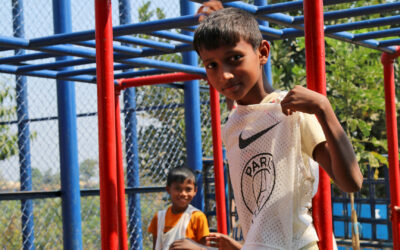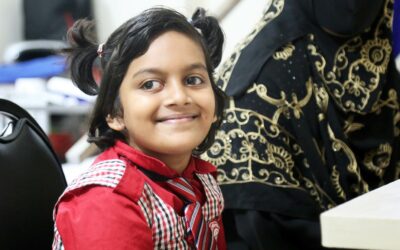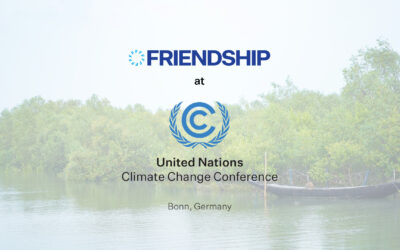Friendship founder and eminent architects hold panel at Dhaka Lit Fest 2023
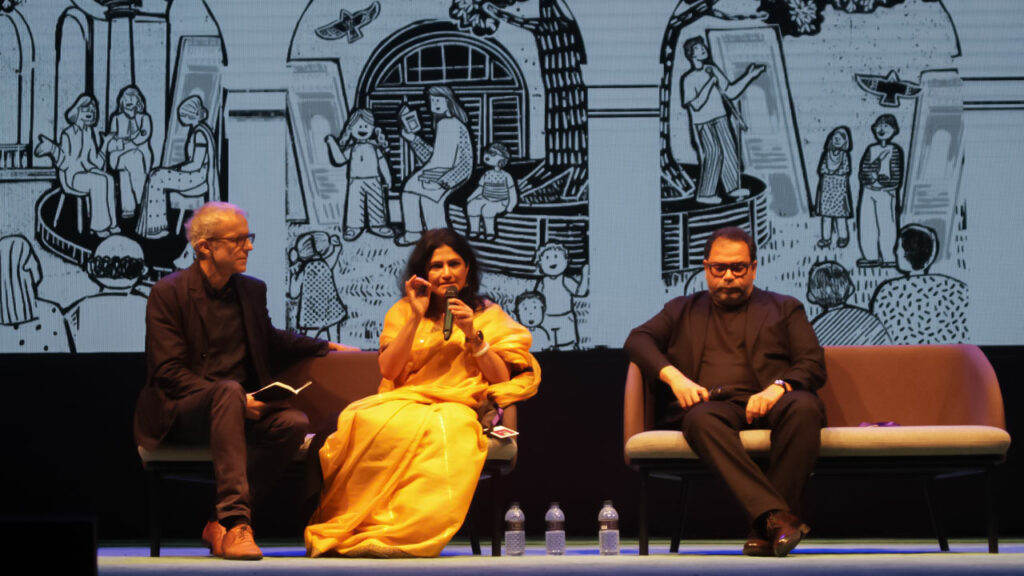
Friendship News Desk
February 9, 2023
Back after two years of Covid restrictions, the Dhaka Lit Fest was held from January 5 – 8, 2023; which also happened to be the tenth anniversary of the festival. Taking place in its usual venue, the Bangla Academy, within the historic grounds of Dhaka University, itself having just turned a hundred years old in 2022, the occasion celebrates literature, culture, philosophy, and learning.
This year, Runa Khan, founder of Friendship, held a talk along with Kashef Chowdhury, principal architect at Urbana, and the designer of many of Friendship’s iconic structures. Titled “Water World”, the discussion was moderated by Niklaus Grauber, co-founder of Graber & Steiger Architects based in Lucerne, Switzerland and hosted at the main stage of the event. The panellists spoke about the importance in architecture of understanding and respecting the local landscape and indigenous knowledge while building in the delta that is Bengal.
Three thousand rivers, streams and tributaries crisscross Bangladesh in a vast, intricate web that served as the roads and highways in the country for millennia, consequently becoming an integral part of the culture. The waterways also shape the land, which is in a constant state of flux on an active delta. The cities and buildings were once a reflection of this.
More recently the state and architects alike have tended to try and dominate and control the water, seeking to keep it out of habitations through barrages and embankments. The conscientious architect must be respectful of the dynamic nature of the landscape, the role of the water, the environment and the relationship communities have to water.
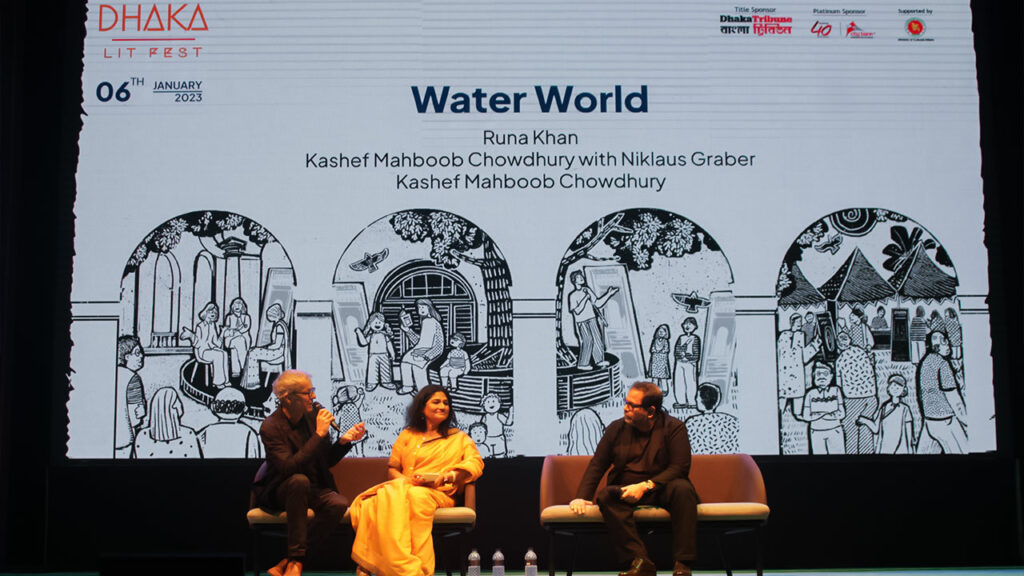
“Bangladesh, from the Bay (of Bengal) to Rangpur (in the north) is just 15m, about fifty feet,” says Kashef, “just about the height of this very auditorium. The entire elevation of the entire country is very, very flat, so the water, the moment you let it go, it will flood, and go in all directions like fingers, and it will stay for weeks.”
The panelists also stressed on the “human aspect” of designing for communities, and that every structure or installation has to be in keeping with the culture, traditions, expectations and context, and be respectful and understanding of who they are for. Asked why the landmark Kashef-designed learning centre at the Rohingya camps had to be such a beautiful structure to serve refugees, Runa Khan said, “They come in with all that pain, that suffering, and all we need to do is use our imagination to give them something beautiful and peaceful, this is our responsibility.”
Speaking of responsibility, Kashef Chowdhury also spoke of the meticulous attention to detail behind the structure, and that despite being made of natural materials, everything had to be in seamless alignment, and that geographical or cost parameters are no excuse for shoddy execution.
The talk was attended by hundreds of audience members, who also perused the grounds of the once-mayoral house built in the Indo-Saracenic style common to the region and the time of the British Raj. Filled with stalls from publishers, bookshops, NGOs, libraries, and an assortment of local delicacies, the festival was a welcome start to the new year. Attended by 38,000 people over the course of 4 days, the festival featured 200 events in 7 different spots around the grounds. Water World was on the main stage on Friday, with attendants from a variety of academic, professional and developmental backgrounds.

